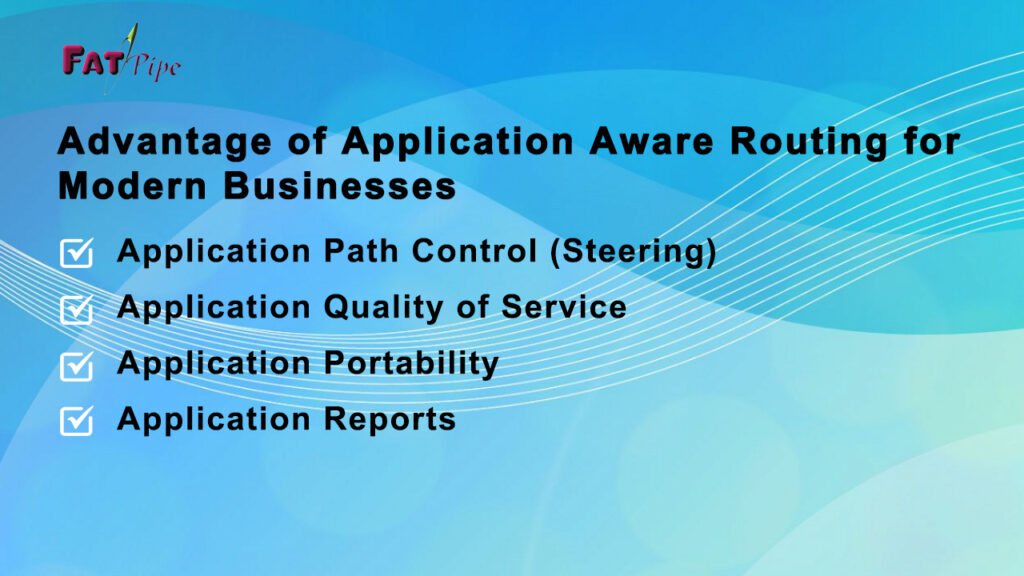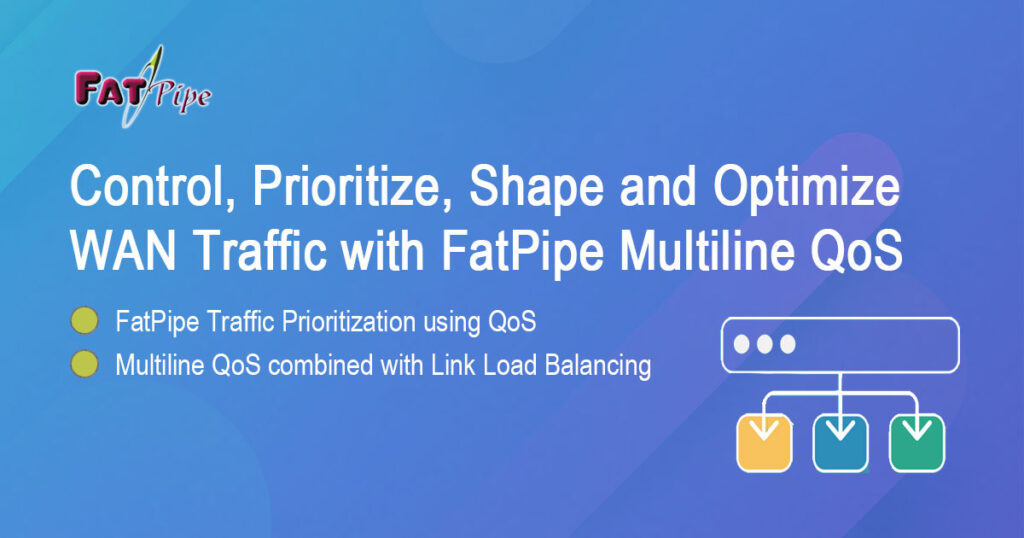Enhancing Business Productivity with Application Aware Routing

Traditional network architectures, while efficient at routing packets, fall short in understanding the applications being transported and hence are unaware of business priorities. This hinders businesses from achieving optimal operations as there is no real-time application-based traffic routing. Modern networks, equipped with knowledge of the applications they carry, provide multiple benefits to businesses.
Advantage of Application Aware Routing for Modern Businesses
- Application Path Control (Steering): When a Data Center link for a major e-commerce company’s Order Booking Application is impaired while a high-value order is being placed, the order will fail to go through. Application-aware routing, a key function, makes real-time routing decisions, redirecting the order booking to a better link ensuring successful Business closure. This involves abstracting, pooling, and assigning the transport infrastructure to applications based on software-defined policies. Application Aware Routing, a major function of Software Defined WAN (SD-WAN), steers and priorities mission-critical traffic ensuring that critical applications like voice and video sessions remain free from jitter, latency, or packet loss
- Application Quality of Service: Imagine a customer at a bank’s priority desk trying to open an account during busy morning hours. The bank operator struggles with slow Account opening application due to bandwidth in busy hour being consumed by other employees opening large email attachments etc. An application-aware network, with appropriate policies, guarantees express bandwidth to the account opening application, preventing business loss. FatPipe SD-WAN has one of the best Application QoS modules for helping businesses increase profitability.
- Application Portability: Users should seek solutions enabling easy application deployment across the cloud, data centers, remote premises or disaster recovery sites. The solution should offer centralized management to allow configuration and policy updates to multiple sites from a single interface. When applications move, policies should be easily updated and propagated across the network. FatPipe SD-WAN provides this functionality through user-friendly, zero-touch central orchestrator templates for specific policy directives of each Business.
- Application Reports: In a remote factory, an employee using most of the bandwidth for personal Google downloads hinders business work. SD-WAN provides granular application reports at the user and link levels, allowing network administrators to diagnose the problem. FatPipe SD-WAN offers deep analytics, including CxO dashboards and detailed reports on top talkers, hosts, applications, and data usage by each application with user segregation enabling high quality Network Performance Management.
In summary, FatPipe SD-WAN application-aware agile and adaptive solutions for Network transformation ensure seamless and high-quality user experiences for enhancing business productivity and profitability.

